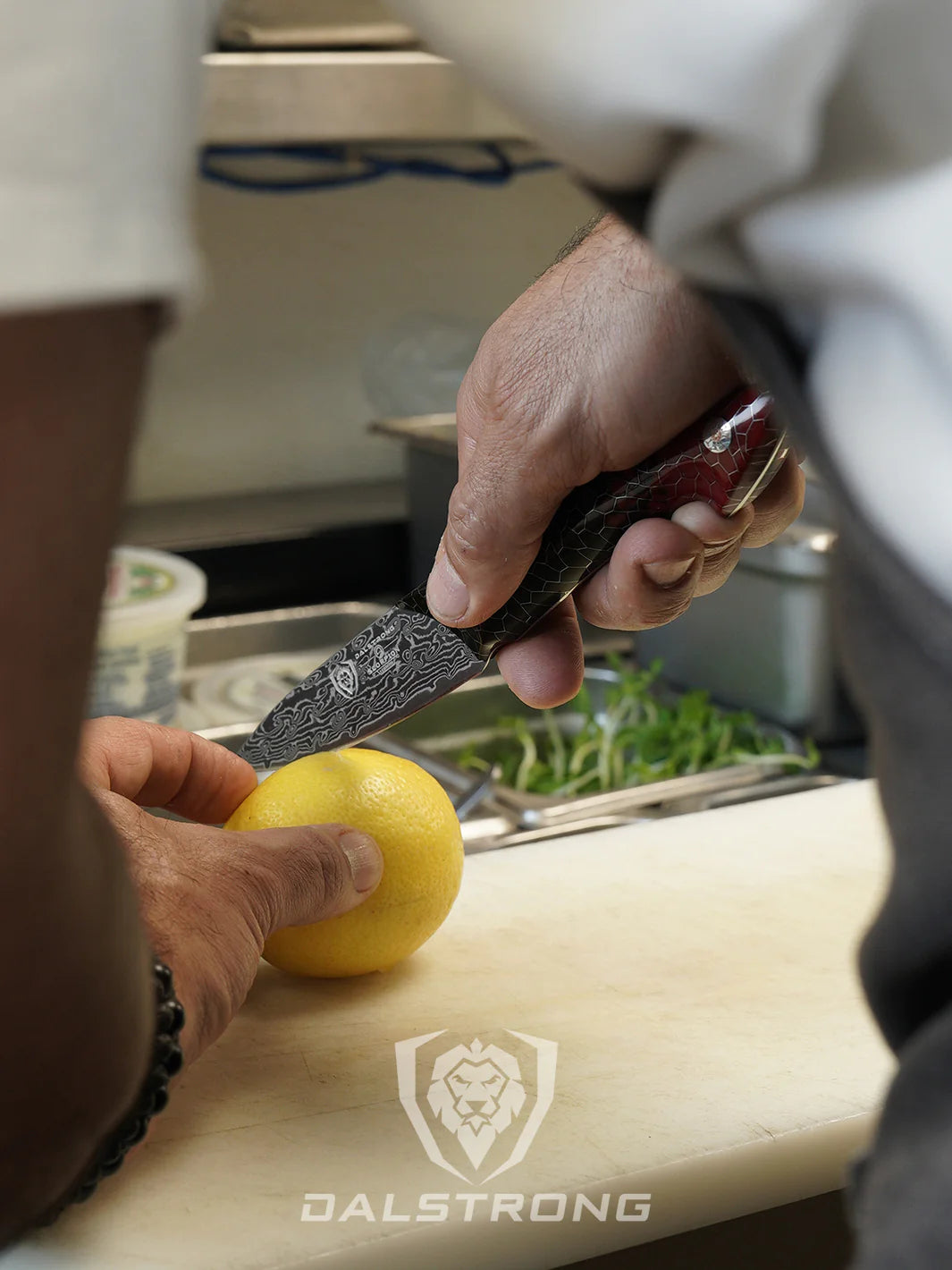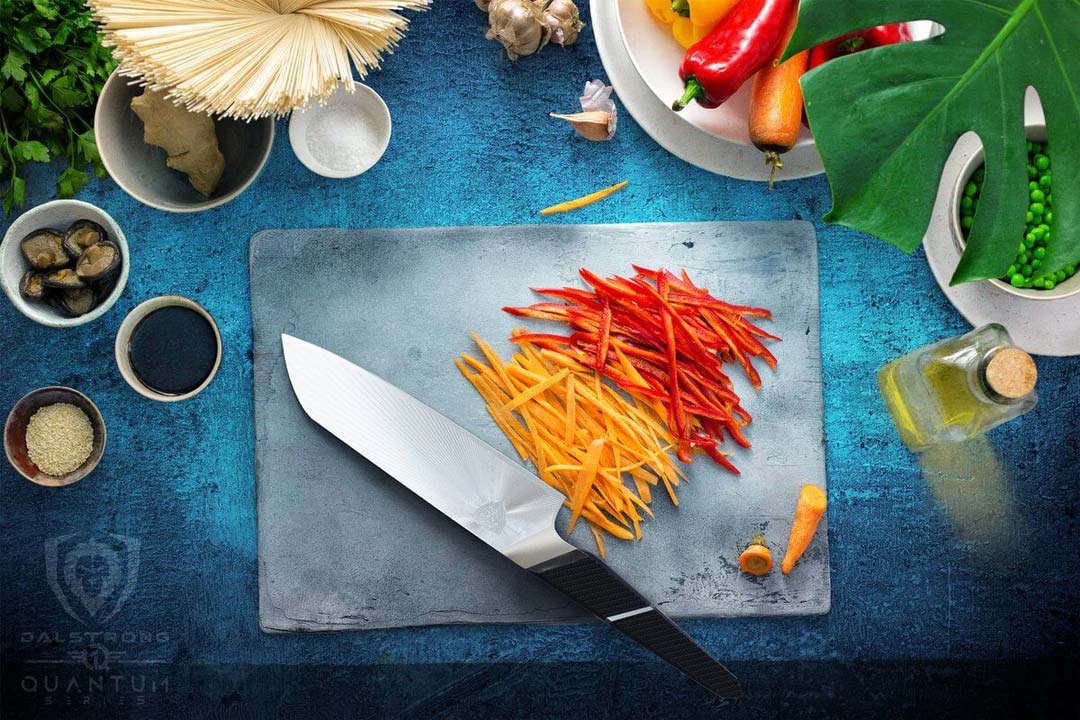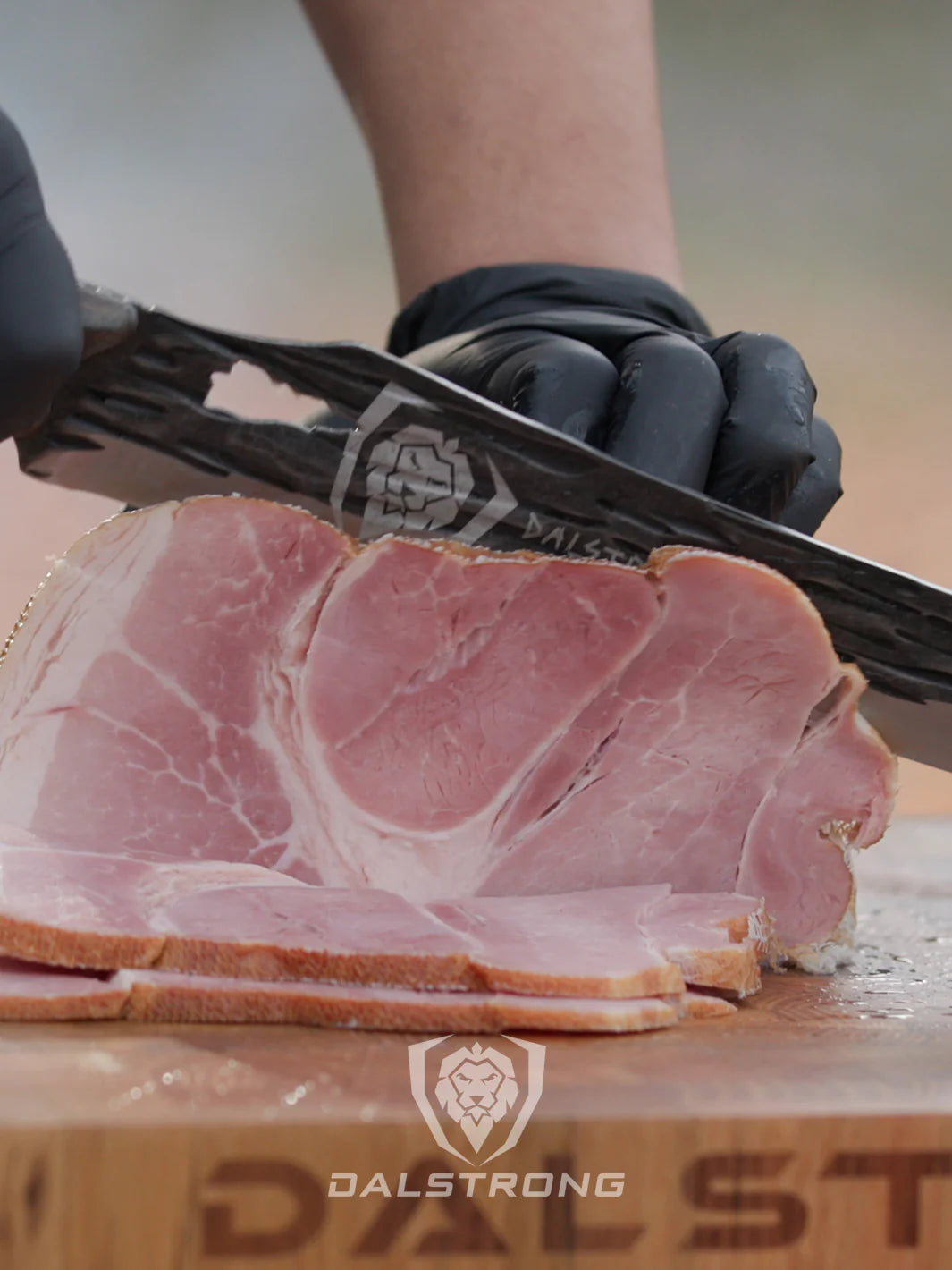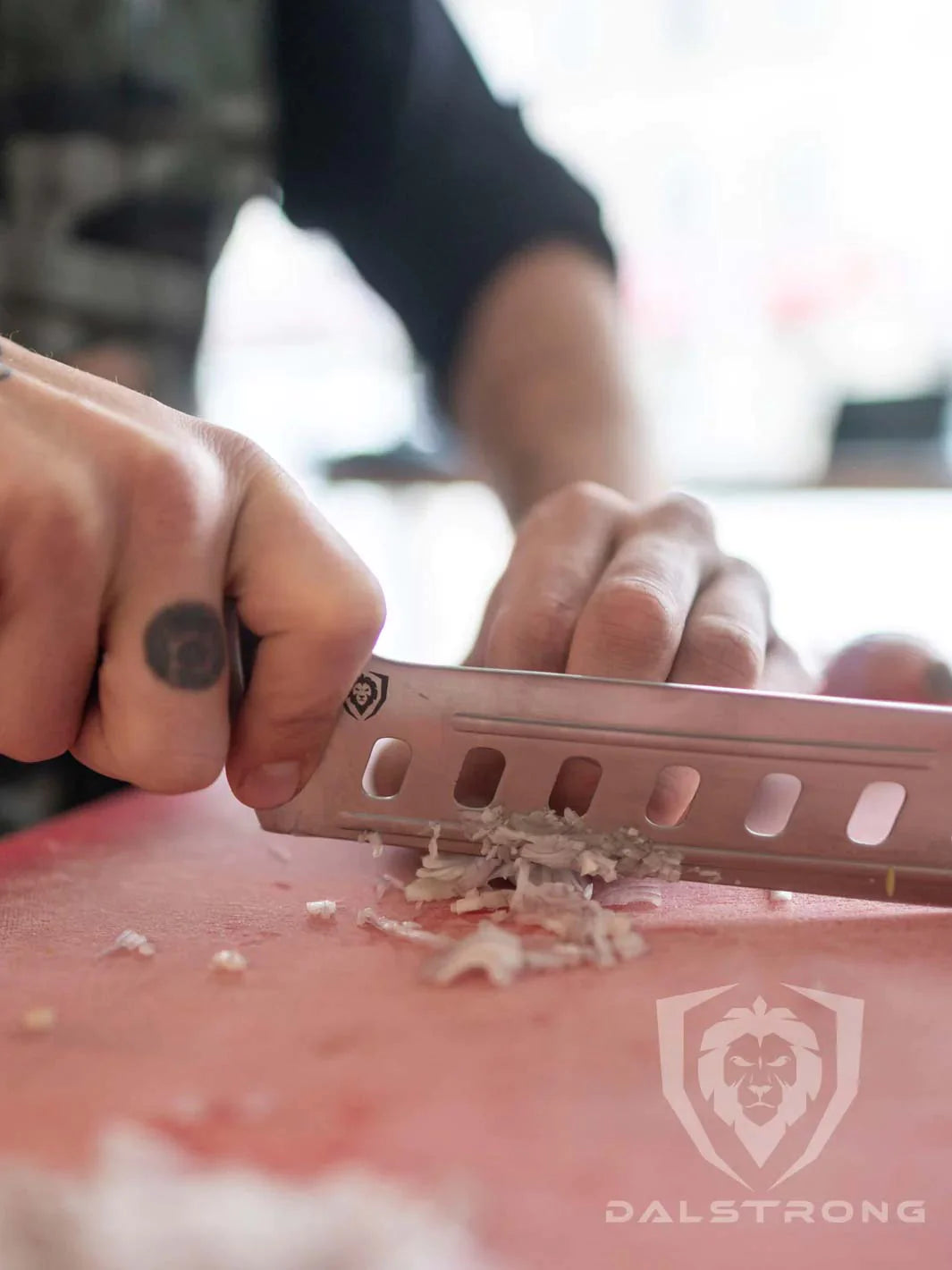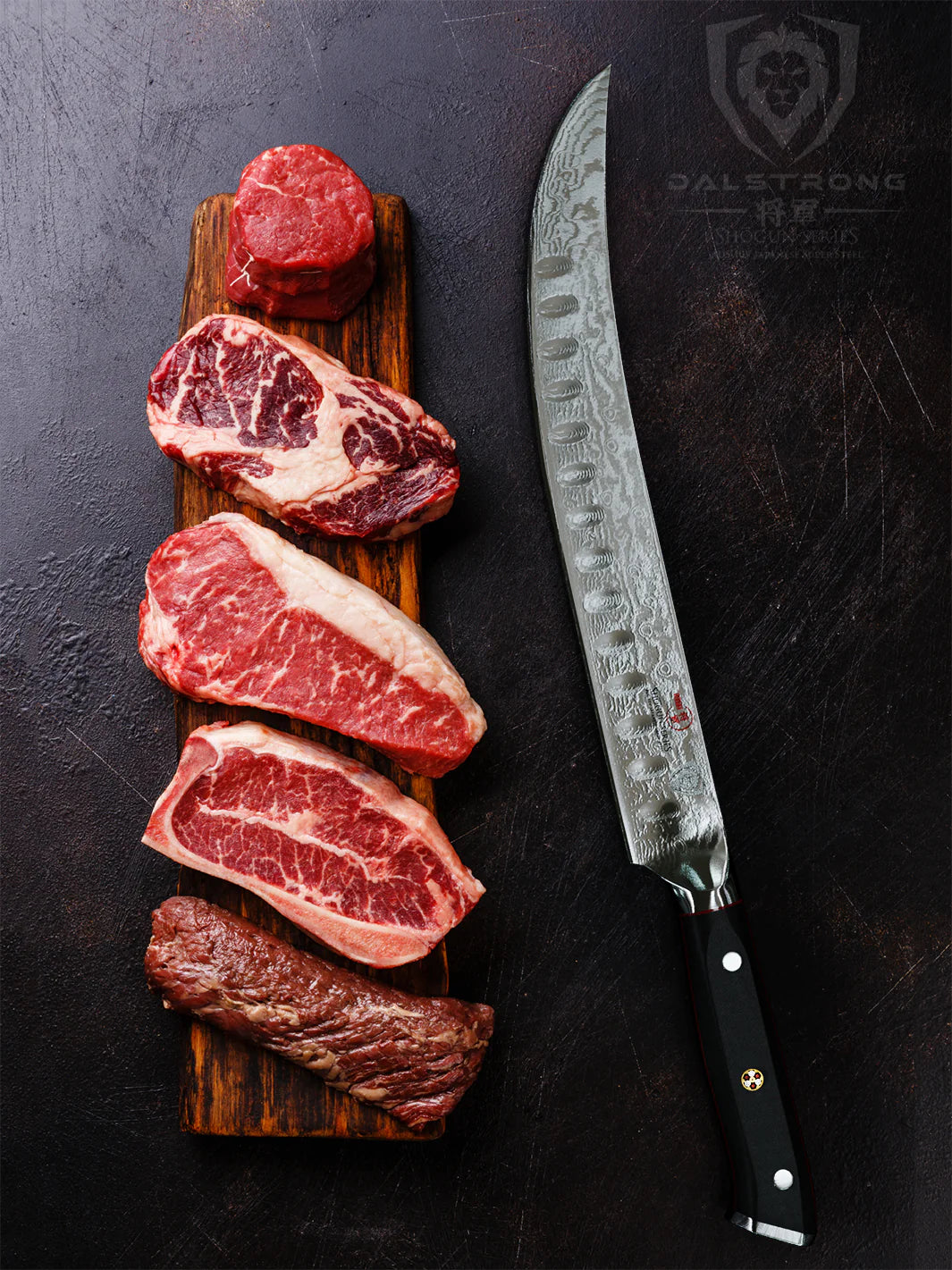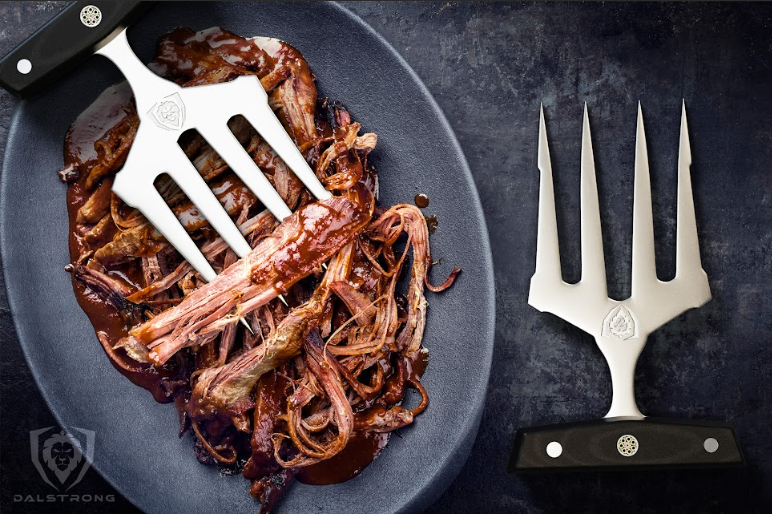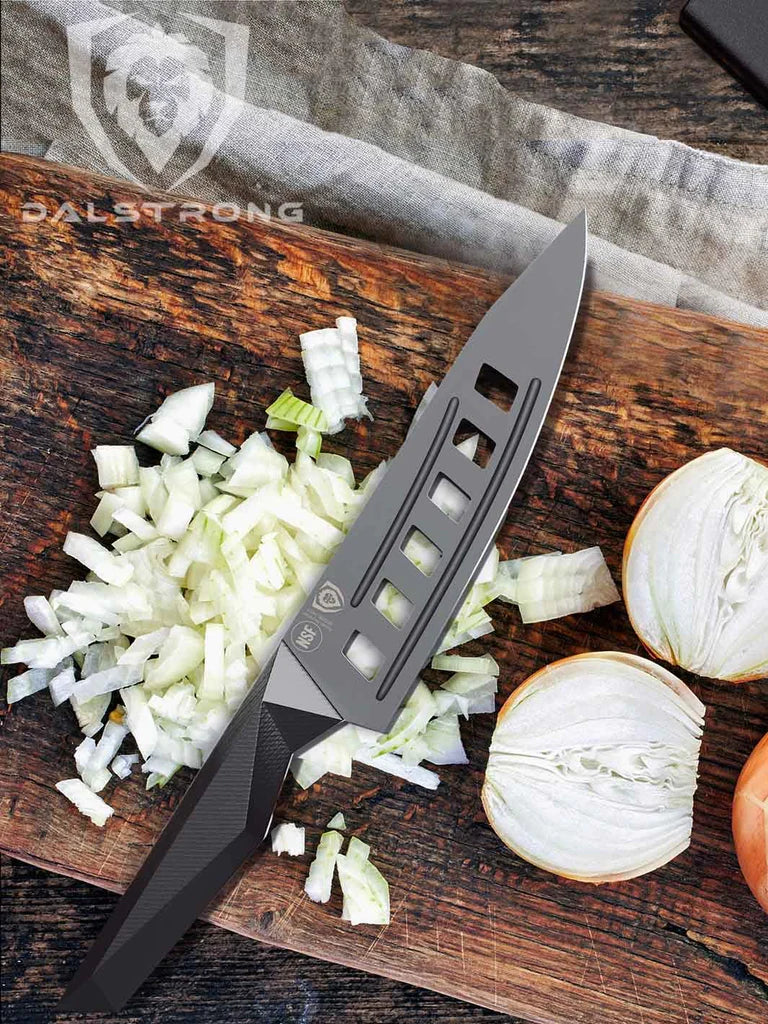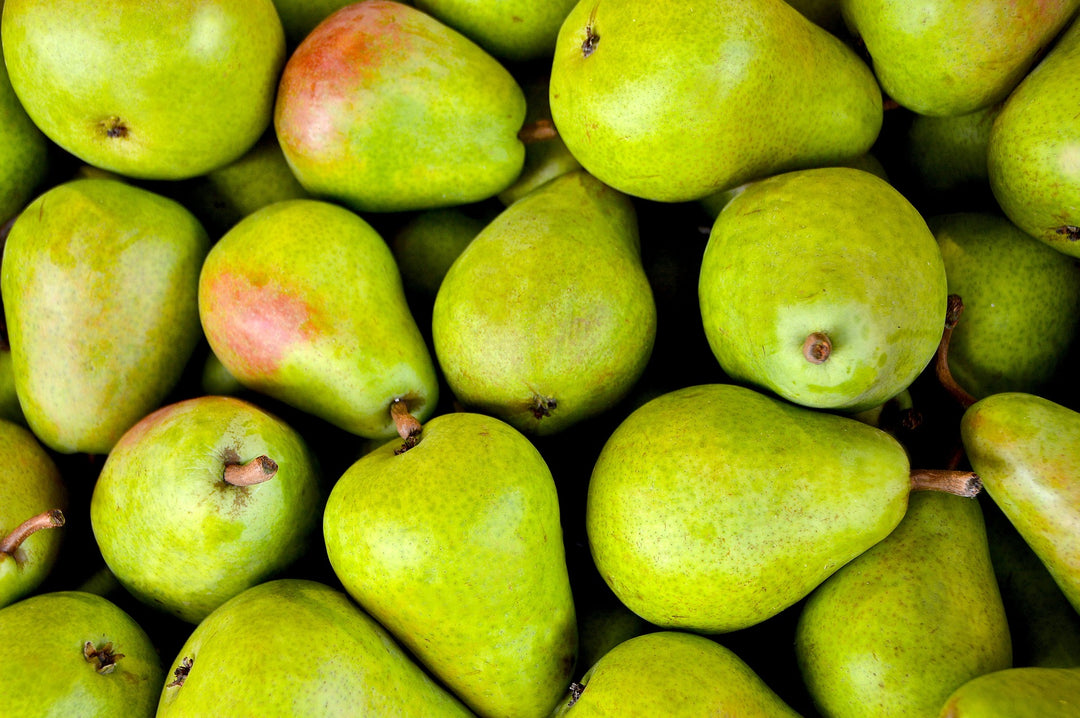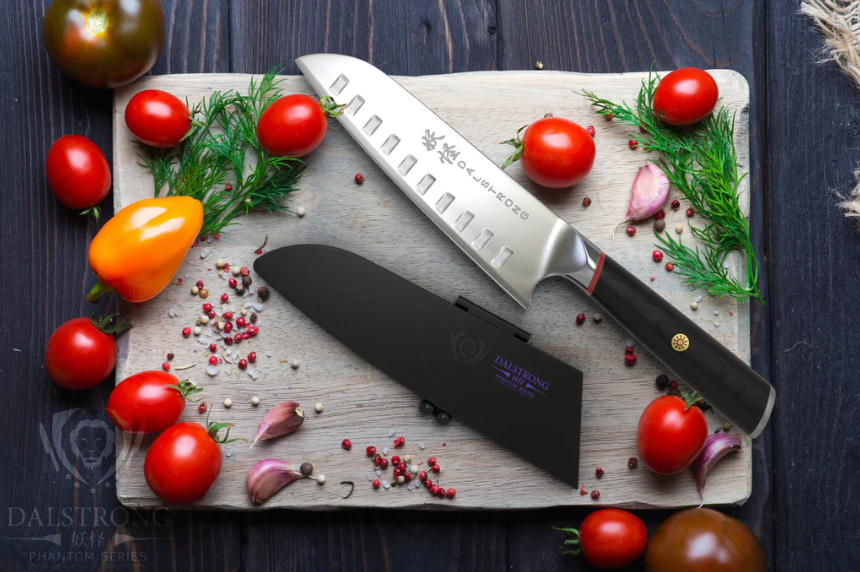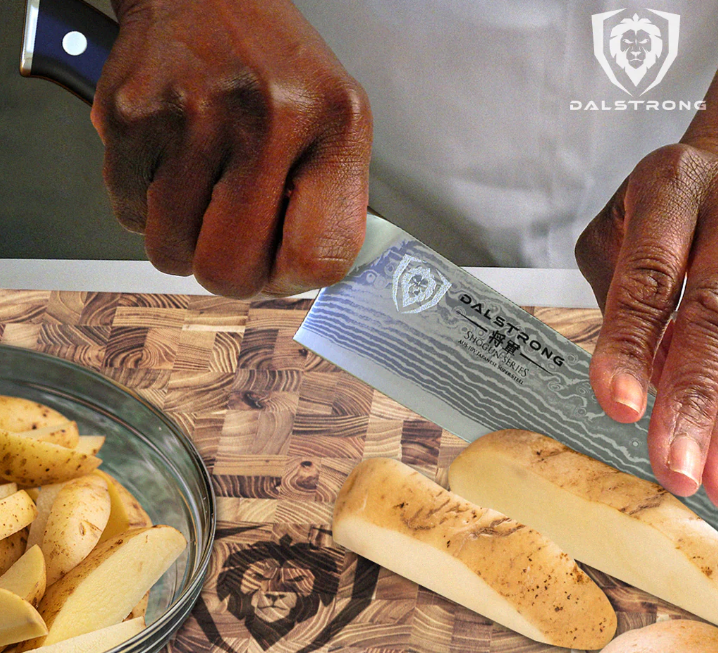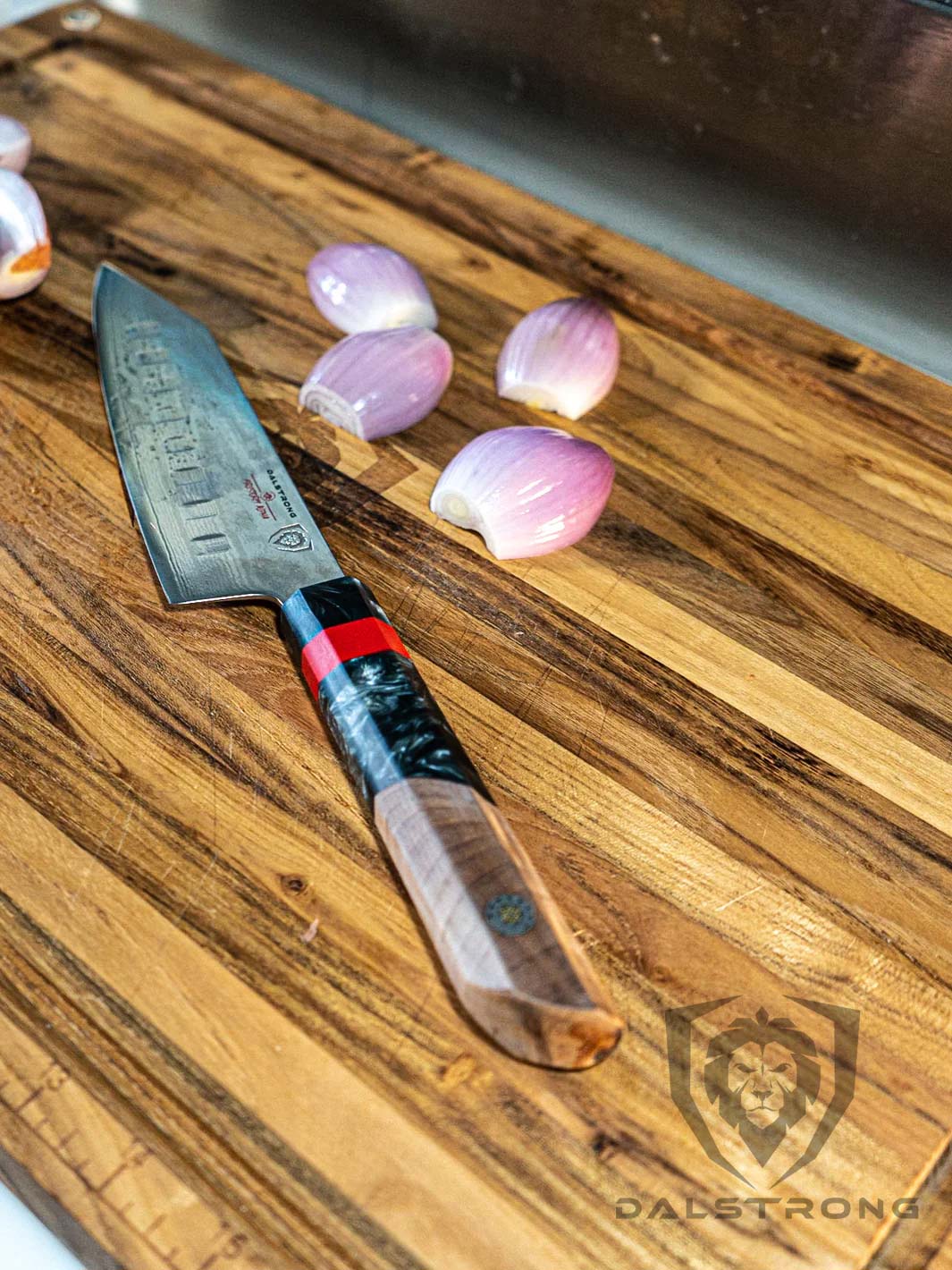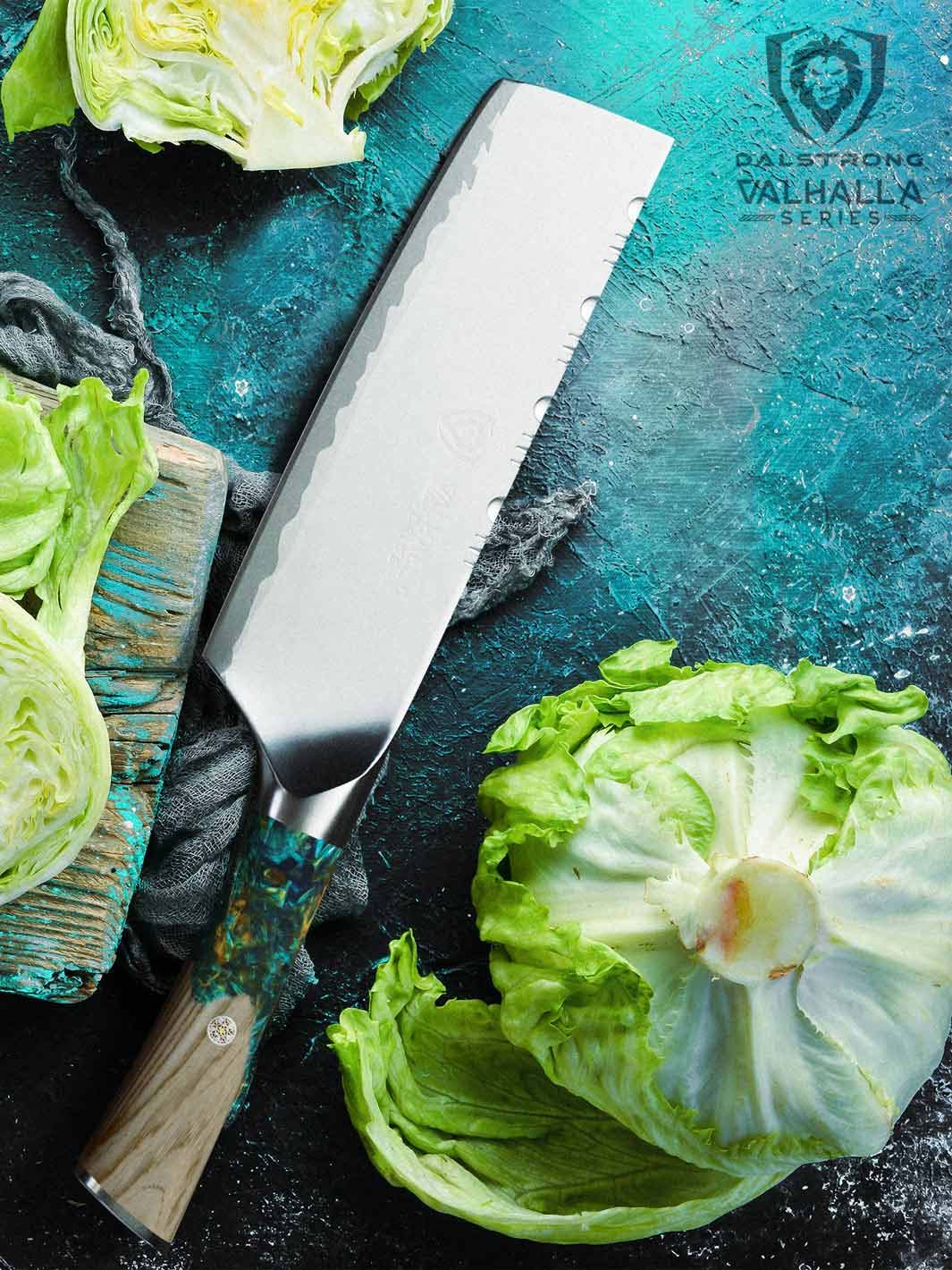How To Make Pizza Dough
How To Make Pizza Dough
- Decide on the type of dough you want to make.
- Combine yeast, flour and salt into a bowl or stand mixer.
- Mix with water until homogenous.
- Cover with plastic and allow to rise.
- Cut up into balls, let it rise again.
- You are ready to knead dough and make a pizza.
1. Why Should I Make My Own Pizza Dough?
Pizza is everywhere
It’s genuinely hard to overstate the place of pizza in our culinary culture. As children, it served as a parental incentive to work hard at school, and as a reward for our good behavior. As teenagers, we loved to spend time idly hanging out at our favorite pizza place, chatting with friends as we munched on some ‘zas. During college, pizza served as the fuel to many a late-night cram session.
For many of us, it even followed us into our initial forays into corporate life, with “pizza parties” becoming one of the go-to moves by companies to keep their employees engaged and happy. To this day, there’s something special about sharing pizza with people. It is a communal experience. It feels comfortable. Familiar. Wholesome.
Homemade pizza is special
From pop culture depictions to our own personal histories, pizza is ubiquitous. As long as it exists, it will continue to improve our lives by filling it with delicious flavor. But there’s a way to improve on the pizza experience. There’s a way to make it feel even more special, more personal. There’s a way to improve not only its taste, but also the significance of the act of sharing your favorite pizza recipe with a group of friends.
That’s right: making your own pizza. Putting the delivery app away and instead going to work on your very own pie.
Speaking for myself, I can say that it’s intimidating. Sure, it may not sound like the most complex dish you could make -- I’ve poured hours of my life into cooking extremely elaborate recipes, why would a simple pizza intimidate me? But its complexity or lack thereof wasn’t what was giving me pause. On the contrary.
It’s the terrifying notion of getting it wrong. It’s the idea that by fumbling a recipe, or putting in too much of the wrong ingredient, or undercooking the dough, you will have made bad pizza. You will have taken something that should’ve been an inherently feel-good activity -- sharing a pizza with friends -- and made it unpleasant. Nobody wants to be the person who made bad pizza.
I’m here to tell you: there’s no need to be afraid. Making pizza doesn’t have to be stressful. In fact, it can be a fun and rewarding experience. You can do this. Because I did. These easy pizza dough recipes are for everyone!
The importance of homemade pizza dough
Every good pizza starts with an important foundational element. An element that’s as critical to the end result as the cheese, the toppings, and the pizza sauce. Of course, I’m talking about the pizza dough.
Because if we want to make our homemade pizza truly ours -- if we want to create a truly personal end product -- we won’t be buying a refrigerated pizza crust from a local supermarket. No, we’ll be making our homemade pizza dough from scratch.
So let’s talk about how to make pizza dough with a good pizza dough recipe, discuss a few different types of pizza dough you can make, and also take the opportunity to delve into the history of this most noble dish that has accompanied us through so much.
The types of pizza doughs
One of the wonderful things about pizza is that it is extremely versatile. Its simplicity leads to a wide open world of possibilities in terms of what you can do with it, not just in terms of toppings -- of course, toppings are extremely customizable -- but also in terms of the fundamentals of its structure and dimensions.
What do I mean by that? Well, if we boil it down to essentials, pizza is just a slab of bread with some cheese, sauce, and other stuff on it. The specifics of how we make that bread -- the dough -- will greatly determine the final outcome, and have a tremendous influence on the dining experience.
Dough can be thick, it can be thin, it can be crunchy, it can be soft; just like with anything you can bake, there are hundreds of different permutations of it that vary wildly from each other. What we’ve put together in this article are three examples of classic types of pizza dough, which you could even personalize further by tinkering with the ingredients.
So put on your best apron and get ready to flour up your counter. Here’s how to make pizza dough.
2. How To Make Neapolitan Style Pizza Dough

Let’s start things off with the absolute classic. Neapolitan style pizza dough is where it all started. For most people around the world, this is what they think of when they think of pizza. It is both the simplest and the most popular form of pizza. The classic homemade pizza crust.
What do we mean by simplest? Well, it carries the fewest ingredients out of all the options presented here. It’s a lean dough -- no oil, no sugar, no extras. Just flour, water, salt, and yeast. Coupled with extremely hot temperature, this also means that any mistake you make will be carried over and amplified in the finished product, so let’s be very careful when putting it together.
A good Neapolitan pizza will have a thin layer of crispy crunchiness, followed by a moist and poofy interior, a clash in textures that creates a delicious and enjoyable eating experience. It’s also extremely flavorful. This is due to its long fermentation period that allows starches to break down into simple sugars. Gluten formation will allow for a pretty sizable rise and a satisfying stretch. A Neapolitan pizza crust should absolutely not be dry!
Let’s talk about how to make homemade pizza dough, Neapolitan style.
INGREDIENTS
- 20 ounces of all-purpose flour or bread flour; for the most authentic result, go with an Italian-style "OO" flour.
- 0.4 ounces kosher salt
- 0.3 ounces instant yeast
- 13 ounces water
- Results in 4 balls of dough.
PROCESS
Combine yeast, flour, and salt in a large oiled bowl. Whisk until it’s homogenous. Add the water and then use your hands to incorporate it into the flour until you have no dry flour left at the bottom of the bowl. Cover the bowl with plastic wrap and allow it to rise at room temperature for no less than 10 hours.
The dough should have risen substantially by this point. Turn it onto a lightly floured surface and divide it evenly into four balls. Pleace each one in a container or in a zipper-lock freezer bag, then put back in your fridge and let it rise for at least 3 or 4 more days.
Remove it from your refrigerator, shape it into balls, and allow them to rest in room temperature for at least 2 hours. After that, you can use it for baking. Congratulations! You’ve made a Neapolitan pizza dough.
If you were a stickler for authenticity, you might be interested in cooking the dough in a wood-fired oven, but it’s absolutely not a requirement. You could, for example, cook the crust on a skillet in a broiler or stove top.
3. How To Make New York Style Pizza Dough

Ah, the classic New York slice. Who doesn’t love to pepper a day of touristing around the Big Apple with a quick stop at one of the dozens of establishments that bills itself as the “Original” This-or-Another for a delicious slice of New York City pizza?
I don’t know about you, but I grew up watching the Teenage Mutant Ninja Turtles gorge on the most delectable-looking pizza on the planet, so my personal Platonic ideal of pizza is definitely the New York slice. It’s thin, it’s pliable, it is deliciously oily, and it is also extremely fun to handle. This homemade pizza crust is amazing. True believers will insist that in order to eat it properly, you must hold it in a kind of inward fold to maximize the experience.
A good New York slice will keep its structural integrity without cracking when you attempt the famous “New York fold”. It should be sturdy, but not too sturdy. It should not feel stiff or cracker-like. The very bottom of the slice should be crispy and satisfying, giving way to a softer and more chewy body, and a surface that skirts the line of feeling “doughy”. It’s important for it not to feel undercooked, which is a delicate balance mastered with practice.
So what’s the story behind the New York slice? And what makes it taste and feel the way it does?
The New York slice derives from the Neapolitan pizza. It’s a kind of offshoot, designed to be cooked without needing to resort to the intensely high temperatures -- most modern pizzerias use gas-fired ovens. It has a unique texture and flavor that comes from the presence of two important elements: oil and sugar.
The oil lowers the total amount of gluten that is formed by coating individual granules of flour, while sugar helps brown the pizza crust more evenly and aids in flavor development.
If you want to make homemade New York style pizza dough, here is the best pizza dough recipe.
INGREDIENTS
22.5 ounces of bread flour (all purpose flour will also do in a pinch), plus some more for dusting
0.35 ounces kosher salt
0.5 ounces sugar
0.35 ounces instant yeast
1.125 ounces Extra Virgin olive oil (you can use vegetable oil if that’s what you have on hand, but be aware that it will alter the taste)
15 ounces lukewarm water
Results in enough homemade dough for three 12-inch pies. Now you can start worrying about prep time, cooking time and everything else that goes with making the rest of the pizza.
PROCESS
Combine your flour, sugar, salt, and yeast in the bowl of a food processor -- this is a useful tool for this recipe because it will mix these ingredients in under 30 seconds. Add in your olive oil and water, then let the food processor run until the mixture forms a ball that rides around the bowl.
Transfer this dough ball to a lightly floured surface and knead by hand. Just do it once or twice until the ball has smoothed over. Then divide this ball into three even parts and place each one in a covered container or a zipper-lock freezer bag. Move to the refrigerator and allow it to rise for 2 to 5 days. Then remove your risen homemade dough from the fridge, shape it into balls, and let it rest at room temperature for at least 2 hours before baking in a pizza pan.
Pro-tip: you want to make sure to cut those slices right. A sloppy cut will undo all the hard work you put into that beautiful pizza crust. So be prepared with a good pizza cutter.
4. How To Make Sicilian Style Pizza Dough
If you’re planning for a get-together with a large group, the Sicilian style pizza dough is probably what you’re looking for. And no, you don't need a pizza stone or dough hook to get the job done. That’s because not only is it the simplest and most forgiving recipe on this list, but it also results in the most dough. As far as bang-for-your-buck, this is the crust to go with!
It’s also pretty simple and quick as far as the prep time goes. No waiting multiple days to get the dough to the level it needs to be; you’ll be done within a few hours of starting the process. And there’s no need to get fancy with it, or to messy up your counters with flour and oil; everything is done within the confines of a bowl in a stand mixer, and then in a sheet tray.
The Sicilian style pizza dough will result in an amazing crust that we could comfortably call the ultimate party pizza. It’s easy, it’s quick, it’s practical, and it’s delicious.
Something you might also notice: you’re not looking at the traditional round shape of a classic pizza pie. Instead, the Sicilian style pizza is a square or rectangular shape. This is because of the process of cooking it in the sheet tray. Hey, it adds to the festive look of it! Cut it up into little squares for easy sharing.
As far as the texture and feel goes, it’s a variation on the New York style crust, but it’s baked on a tray covered in olive oil. What we’re doing is essentially fry the bottom of the dough as it cooks in the oil, resulting in a delectably crisp and delicious bottom. The upper layers should be similar to the New York slice: slightly doughy without feeling undercooked.
What we’re looking for here is that delicious contrast in textures.
Let’s talk about how to make Sicilian style pizza dough.
INGREDIENTS
17.5 ounces all-purpose or bread flour
1/2 cup extra-virgin olive oil
0.18 ounces instant yeast
0.35 ounces kosher salt
12.25 ounces water
PROCESS
First combine youflour, salt, and yeast mixture with 2 tablespoons of olive oil in the bowl of a stand mixer (if you don’t have a stand mixer, scroll down a bit for the mixer-free version). Whisk to combine. Add water and mix on medium until it all comes together and you are left with no dry flour. Then increase the speed to medium-high and mix for about 6 minutes until your dough is stretchy and smooth and sticks to the bottom of the bowl.
Pour the remaining olive oil into a rimmed baking sheet or pizza pan and spread it with your hands over the entire inner surface. Then transfer your dough onto the baking sheet and rub its surface with oil until it’s fully coated. Cover it with plastic wrap and let it rise at room temperature for about two hours, until the dough nearly touches each rim of the baking sheet.
Now we need to adjust the oven rack to the middle position and preheat our oven to 550°F. Do this 30 minutes or so before baking. Remove the plastic wrap from the pizza dough, and using your oiled hands, push and stretch the dough into the corners of the pan. Be very careful here to maintain air bubbles, as they are paramount when it comes to texture. Lift each corner beyond the edge of the pan. It will pull back, until the pan is completely filled with dough.
Now you are ready to top your pizza recipe as desired and bake it until the bottom is crisp and the top surface is bubbling.
If you don’t have a stand mixer, combine flour, salt, yeast and olive oil in a large bowl. Whisk to combine, then add in water. Stir together with a wooden spoon for 3 to 5 minutes, until it’s homogenous. Cover it up with a plastic wrap and let it rest at room temperature for 8 to 15 hours. Then continue with the steps above.
Once your Sicilian pizza is done, it’s just a matter of placing it on a cutting board and handing them out. It’s a built-in pizza party.
5. The History Of Pizza

All these variations we’ve discussed are part of the long and rich history of the food we know as pizza. But where did pizza actually come from?
It is often said that Raffaele Esposito, a baker from Naples, was the first to make what is now traditionally referred to as a “pizza pie.” The story goes that the Italian King Umberto I and Queen Margherita visited Naples back in the late 1880s. Esposito was asked to cook for them, and he made a pizza with fresh tomatoes, mozzarella cheese, and basil. That pizza was named Pizza Margherita and remains popular today.
However, now we know that things aren’t quite as simple. Though it’s a flashy story, there was no “a-ha! Eureka!” moment of pizza creation, when the dish was suddenly illuminated by a golden halo and consecrated as such. In fact, foods that are extremely similar to what we now know as pizza had existed for many, many years before then.
Street vendors in Naples and elsewhere were already selling flatbreads with toppings long before Esposito’s time. It was regarded as a poor person’s food. In fact, it is believed that this practice dates all the way back to ancient Egypt. Records of people adding ingredients to bread are plentiful throughout history and different cultures. And after all, that is essentially what a pizza is.
For instance: in Ancient Greece, there used to be a popular flat bread called plakous which was flavored with toppings like herbs, onion, cheese and garlic. In the 6th century BC, Persian soldiers would bake flatbreads with cheese and dates using their battle shields. It seems like throughout history we kept finding ourselves returning to this winning combination.
With time, pizza evolved into a dish that almost always included bread and tomato sauce, but most versions of the dish were sweet. La Scienza in cucina e l'Arte di mangiar bene, the famous cookbook by Pellegrino Artusi, included recipes for pizza, all of which were sweet. Only later did it gradually develop into a traditionally savory dish.
Pizza found its way to America with the arrival of Italian immigrants, quickly gaining popularity in cities like New York and Chicago. All around the country, pizza cooks started putting their own spin on the popular crust, from thin crust to stuffed crust, and so its popularity continued to spread across the entire globe. The rest, as they say, is history.
6. Frequently asked questions
What is the best flour for homemade pizza dough?
As you can see from our pizza dough recipes above, we tend to favor bread flour. However, each one of those recipes could work with either one. The preparation method and the cooking are what will really determine the true character of your pizza pie.
Can I make my dough in advance?
Absolutely. It makes complete sense to make your pizza dough in advance. The first two recipes we shared above involve some substantial time for rising, so it’s a good idea to get a head start so that your dough is ready to be used when you need it.
Can you freeze pizza dough?
Yes! Pizza dough is one of the yeast doughs that freeze well. This is a great way to extend its lifespan and make things easier for yourself in the future. Here’s how to freeze pizza dough.
The first thing you need to do is divvy up the dough into equal-sized portions. We’re trying to make it so that each of the balls is big enough to make an individual pizza. Then lightly coat all sides of the dough with olive oil (again, vegetable oil will do in a pinch) and then seal it tightly in a freezer bag. Make sure you let all the air out of the bag before you place dough in to the freezer.
Frozen pizza dough will keep in the freezer for up to three months. To be safe, make sure to mark each bag with the date you made it.
How do you thaw frozen pizza dough?
The first thing you need to do is bring the dough to the fridge for 12 hours. Then move it to the counter so that it warms for about 30 minutes. We are bringing down its temperature gradually. After 30 minutes on the counter, you can begin to stretch it.
Let’s say you don’t have 12 hours. You need to use your frozen dough now! You could thaw it in a bowl of cold water. Of course, make sure the plastic is sealed so that no water gets in, and also make sure to change the water every 30 minutes.
Check Out Dalstrong's Orbit Razor Pizza Wheel & Cutter
Written by Jorge Farah
Born on the coast of Colombia and based in Buenos Aires, Jorge is a cooking enthusiast and kitchenware obsessive with a tremendous amount of opinions.



































































































































































